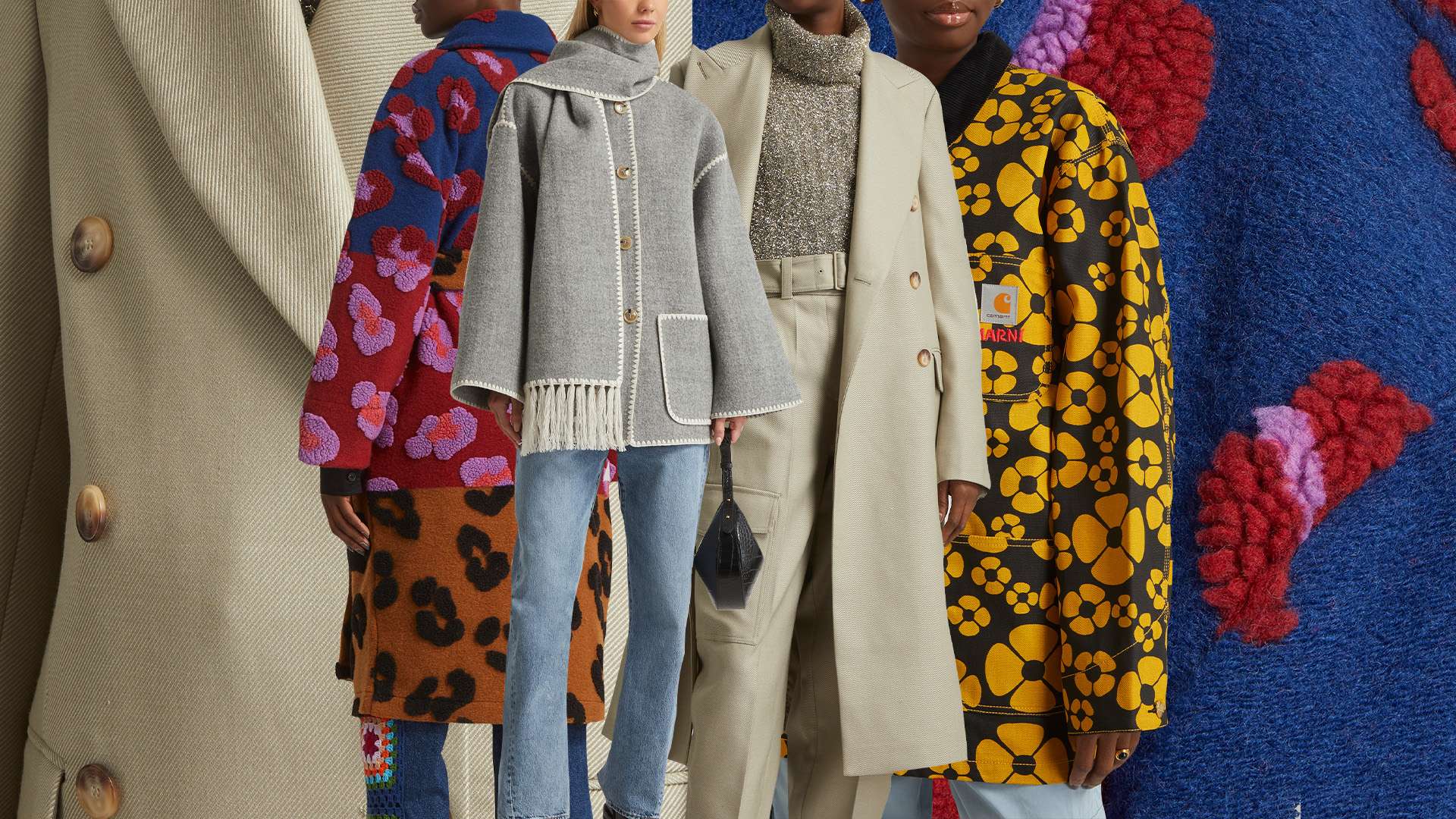This content explores the differences and similarities between minimalism and maximalism in the fashion industry. Minimalism is characterized by simplicity, clean lines, and neutral colors, focusing on quality materials and functionality. Maximalism, on the other hand, embraces extravagance, bold prints, vibrant colors, and intricate details, prioritizing aesthetics and self-expression. Despite their contrasts, both styles aim to create distinct looks and empower individuals to express themselves through clothing. Ultimately, the choice between minimalism and maximalism depends on personal preferences and individuality, as the fashion spectrum offers endless possibilities for self-expression and artistic exploration.
Minimalism vs. Maximalism: Decoding the Fashion Spectrum
Minimalism
The concept of minimalism in fashion revolves around simplistic and clean aesthetics. Minimalist fashion highlights clean lines, neutral colors, and a focus on the quality of materials. Minimalists prefer a more understated approach, where less is more. The motto “less is more” perfectly encapsulates the core aspect of minimalist fashion.
Minimalist fashion enthusiasts prioritize functionality and simplicity. Their wardrobes predominantly consist of timeless and versatile pieces that can be easily mixed and matched. The color palette of minimalism often includes white, black, beige, and gray, creating an overall monochromatic look.
Maximalism
Maximalism, on the other hand, is all about excess and exaggeration. It embraces bold prints, vibrant colors, and intricate details. Maximalist fashionistas aim to make a statement through their outfits, often using clothing as a form of self-expression.
Unlike minimalism, maximalism encourages layering and incorporating various textures and patterns into an outfit. It thrives on the idea of mixing and matching contrasting elements. Maximalist fashion advocates believe that more is more, allowing them to showcase their creativity and individuality.
Differences
The most apparent contrast between minimalism and maximalism is their approach to design. While minimalism values simplicity and clean lines, maximalism emphasizes complexity and intricate details.
Minimalist fashion focuses on functionality and practicality, with an emphasis on the quality of materials. On the other hand, maximalism prioritizes aesthetics and self-expression, even if it means sacrificing some comfort. It embraces bold colors, prints, and accessories, encouraging experimentation and individuality.
Similarities
Despite their stark differences, minimalism and maximalism do share some common grounds. Both fashion philosophies aim to create distinctive looks. They anticipate delight in the design process, albeit in different ways.
Moreover, both minimalists and maximalists seek to make a statement with their fashion choices. While minimalists prefer the subtlety of understatement, maximalists opt for boldness and eclecticism. Both styles empower individuals to express themselves through clothing, albeit in contrasting manners.
Conclusion
Decoding the fashion spectrum of minimalism and maximalism sheds light on the varied approaches people take when it comes to their personal style. Minimalism promotes simplicity, understatement, and functionality, while maximalism celebrates ostentation, creativity, and self-expression.
Ultimately, the choice between minimalism and maximalism rests on the preferences and individuality of the fashion enthusiasts. Whether one prefers a clean and refined look or a bold and extravagant statement, the fashion spectrum contains a myriad of possibilities for self-expression and artistic exploration.
